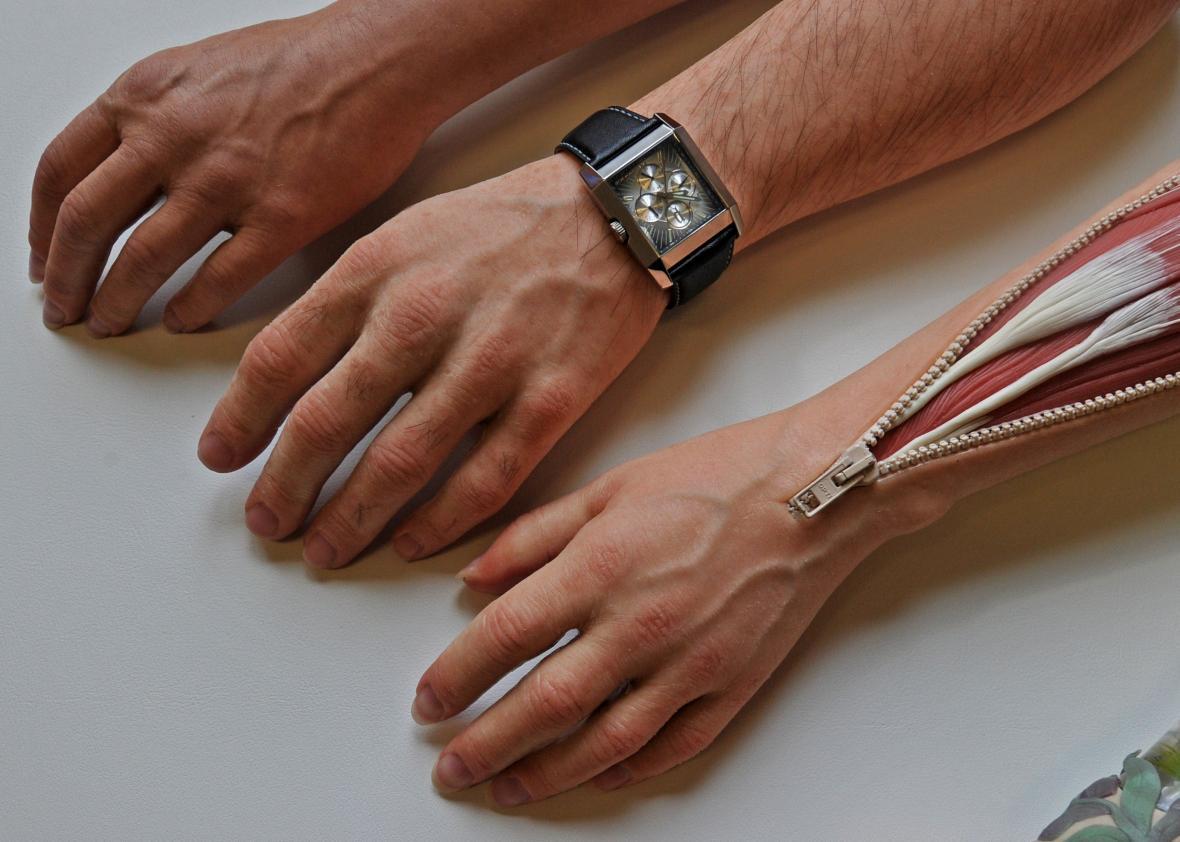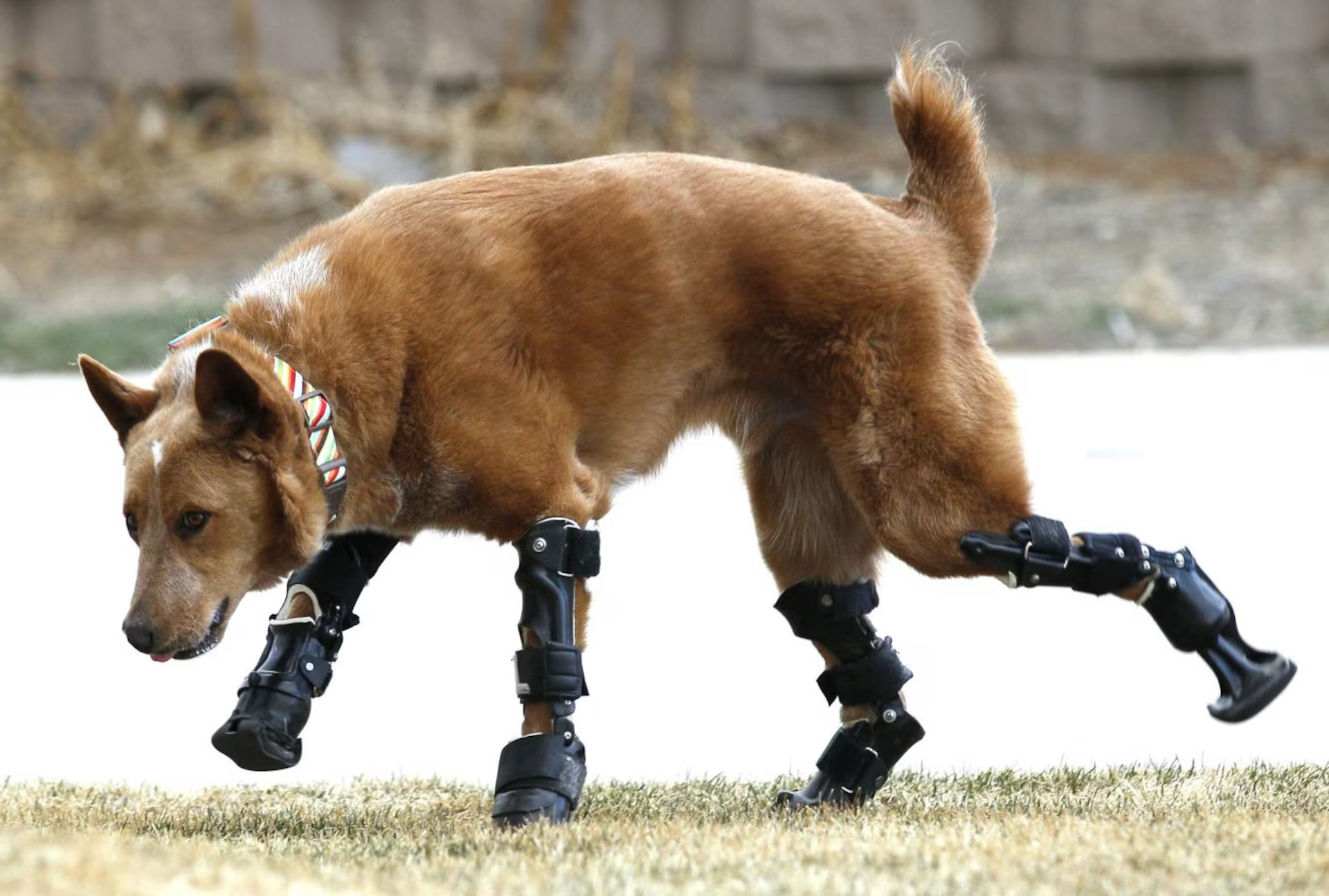In a world where technology constantly pushes the boundaries of what’s possible, the idea of bionic limbs that feel like real flesh seems almost like science fiction—yet it may be closer to reality than we think. Imagine a future where prosthetic limbs not only serve as functional replacements for lost limbs but also replicate the intricate sensations of human flesh. This vision raises fascinating questions about the intersection of technology, medicine, and human experience. What would it mean to “feel” with a bionic limb? How could this breakthrough change lives, and what challenges would it present? Let’s dive into the potential future of bionic limbs that feel real.
The Evolution of Bionic Limbs
Before exploring the future, let’s take a quick look at the evolution of bionic limbs. Early prosthetics were little more than crude wooden or metal replacements. Over time, innovations in materials and engineering led to more functional prosthetics that mimic the appearance of human limbs. Today, high-tech bionic limbs use advanced materials, electronics, and even artificial intelligence (AI) to provide mobility and functionality. However, they still fall short of truly mimicking the sensation of touch or the emotional connection to one’s body.
The missing piece has always been sensory feedback—the ability for users to feel touch, pressure, temperature, or texture through their bionic limbs. This limitation makes bionic limbs feel more like “tools” than parts of the body. But breakthroughs in neuroscience, robotics, and bioengineering may soon bring us closer to a reality where prosthetics don’t just move but feel.
How Do Bionic Limbs Work Today?
Modern bionic limbs are powered by motors and sensors that translate the user’s muscle or nerve signals into movements. When a person thinks about moving a limb, electrodes in the prosthetic detect electrical signals from the brain, which in turn move the joint or finger. While this technology has come a long way, it still lacks the ability to provide sensory feedback, which limits the user’s interaction with the environment.
Imagine, for example, holding a delicate object like a wine glass with a bionic hand. Without sensory feedback, the user wouldn’t know if they were applying too much pressure, risking breaking the glass. The lack of feeling can also cause a sense of disconnection, where the prosthetic is perceived as an external object rather than an integral part of the body.
The Sensory Revolution: How It Could Work
Advancements in sensory technology are unlocking the potential for bionic limbs to simulate the sensations of real flesh. Here are some of the key methods that could make this happen:

1. Artificial Skin and Sensory Feedback
The concept of artificial skin is at the forefront of this sensory revolution. Scientists are working on synthetic materials that can mimic the way human skin feels and reacts to stimuli. These materials could be embedded with tiny sensors to detect pressure, temperature, and even pain.
In addition, electrical stimulation of the nerves can create the sensation of touch. By connecting sensors in the bionic limb to the nervous system, signals can be sent directly to the brain, making it possible to “feel” what the prosthetic limb is touching. Researchers are already experimenting with these technologies in labs, and early results have been promising.
2. Neural Integration
One of the biggest challenges in bionic limb technology is neural integration—the process of connecting the prosthetic directly to the brain or nervous system. By bypassing the usual pathways of sensory perception, bionic limbs could communicate with the brain in a more intuitive way. This would allow users to feel sensations in their prosthetic limb, creating a sense of natural integration between body and technology.
Researchers have experimented with direct brain-machine interfaces (BMIs) that allow users to control and feel sensations from their prosthetic limbs. A breakthrough in this area could allow for sensory feedback that closely mimics the experience of using real flesh and bone.
3. Haptic Feedback and Advanced Robotics
Haptic feedback technology, commonly used in virtual reality (VR) systems, could also play a role in bringing sensory feedback to bionic limbs. Haptic devices use vibrations, forces, or motions to simulate the sense of touch. In the case of bionic limbs, haptic technology could simulate the feeling of pressure, vibration, or texture by using small motors or actuators embedded in the prosthetic.
Advanced robotics also plays a role. Robotic limbs equipped with sensors and motors could react to their environment in real time, providing tactile feedback. By combining robotic precision with sensory technology, future bionic limbs could provide users with a rich sensory experience, from feeling a soft breeze to sensing the texture of a surface.
What Does It Mean to “Feel” with a Bionic Limb?
If bionic limbs could truly feel like real flesh, they would do more than just provide physical functionality. The psychological and emotional impact would be profound. Let’s break down what it would mean for both the body and mind.
1. Reconnecting with the Body
For amputees, the loss of a limb is not just a physical challenge but a psychological one as well. The “phantom limb” sensation—the feeling that a missing limb is still present—often persists for years. This phenomenon suggests that the brain has an innate sense of ownership over the body, even after limb loss.
If bionic limbs could provide sensory feedback, this sense of ownership could be restored. The user might feel that their prosthetic limb is truly a part of their body, allowing them to regain a sense of wholeness and integration. This could also improve motor control, as the brain would receive real-time sensory information to guide movement, making prosthetics feel more like a natural extension of the body.

2. Improving Dexterity and Functionality
A major advantage of bionic limbs that can feel like real flesh is enhanced dexterity. Sensory feedback would allow the user to adjust their grip based on the texture, shape, or weight of an object. For instance, a person could pick up a fragile item without squeezing too hard or balance an object more precisely based on the feedback from their fingers and palm.
This level of control could transform how people with prosthetics perform everyday tasks, from eating and dressing to participating in sports or playing musical instruments. In fact, the potential for high levels of dexterity could redefine what is possible for individuals with prosthetic limbs.
3. Psychological Benefits
The psychological benefits of bionic limbs that feel like real flesh cannot be overstated. Many amputees struggle with body image issues, feeling disconnected from their own bodies. The ability to feel with a bionic limb could reduce these feelings, helping individuals regain their sense of self.
Additionally, the emotional bond between a person and their prosthetic limb could strengthen, creating a more profound connection to their body and identity. It would no longer be just a tool—it could be an extension of who they are.
Challenges and Ethical Considerations
While the potential for bionic limbs with sensory feedback is exciting, there are still significant challenges to overcome.
1. Technological Limitations
The integration of sensory feedback requires highly sophisticated technology, much of which is still in development. Creating materials that mimic human skin and are both functional and durable is a massive engineering challenge. Moreover, ensuring that sensory feedback is accurate, intuitive, and responsive in real-time will require breakthroughs in robotics, neuroscience, and computer science.
2. Neurological Issues
Not everyone’s nervous system is the same, and not all amputees experience phantom limb sensations. For some, the idea of directly connecting a prosthetic limb to their nervous system could cause discomfort, confusion, or even pain. More research is needed to understand how different individuals’ bodies would respond to such advanced technology.
3. Ethical Considerations
As with any emerging technology, the rise of bionic limbs that feel like real flesh raises ethical questions. Who has access to this technology? Could it create a divide between those who can afford it and those who cannot? What happens when bionic limbs become so advanced that they blur the line between human and machine? These are all questions that will need careful consideration as the technology progresses.
The Future of Bionic Limbs: A World of Possibilities
The future of bionic limbs that feel like real flesh holds immense promise. The ability to feel with a prosthetic limb could radically change the lives of millions of people, offering not only greater functionality but also a deeper connection to their bodies. Whether it’s through artificial skin, neural interfaces, or haptic feedback, the next frontier of bionic limb technology could bring a new era of human-machine synergy.
As researchers continue to explore these possibilities, one thing is certain: the world of prosthetics is no longer just about replacing limbs. It’s about enhancing the human experience, creating a future where technology doesn’t just serve us—it becomes an integral part of who we are.












































